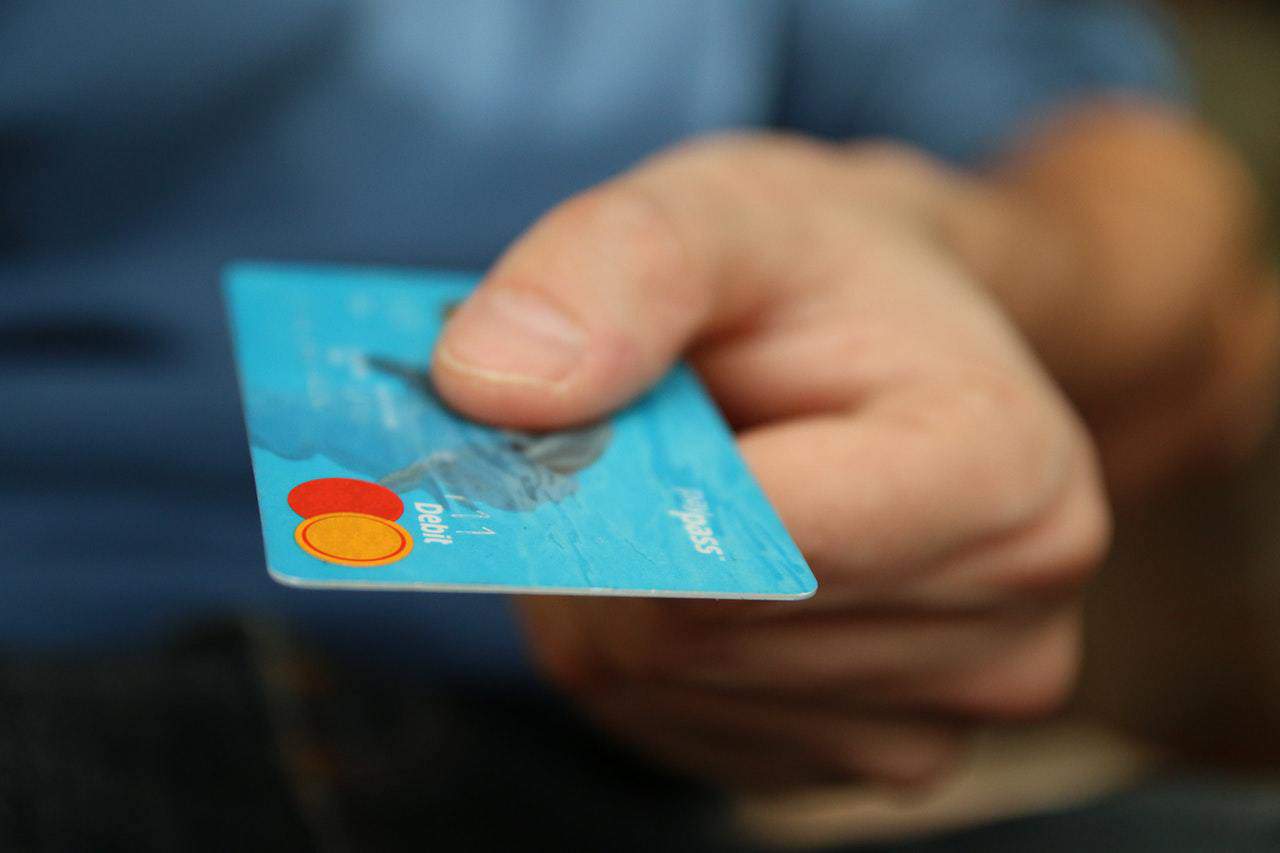Subprime Credit Cards: The financial world is really no different than any other business. In the case of credit cards, they are no longer just for the elite among us or consumers with high credit scores. Credit card companies have recognized that there are a growing number of people with lower credit scores that still need access to a credit card for many reasons. Because of this, subprime credit cards have become increasingly popular with consumers. Here is all you need to know about this particular financial product.
Subprime Credit Cards Defined
Simply put, subprime credit cards are provided to people that have a “less than great” credit score. Julia Kagan with Investopedia writes that, in addition, they are also granted to people that don’t yet have much of a credit history. This makes them an attractive option for young people just getting started in adulthood, as well as people that have had concerning credit history or a period of time with financial hardships. Those that have filed for bankruptcy will usually have a difficult time getting a traditional credit card. Subprime credit cards are typically issued by both banks as well as major credit card companies.
Differences With Subprime Credit Cards
Because subprime credit cards carry a level of risk on the part of the issuer, these cards will usually have a considerably higher interest rate than other cards. As is considered traditional with companies that provide credit to people with substandard credit histories, users have to pay more for the privilege of having the card. Subprime credit cards also typically have fewer incentives, such as cashback, reward points, and other common bonuses than are available with other cards. Usually, the credit limit is also lower. This ensures that the consumer doesn’t get buried in debt that they may have difficulty repaying.
Secured Cards
The terms of these subprime cards vary between different companies and different card options. Some cards will require the consumer to pay a deposit to secure their card. This acts as a safety net for the company in the event of default on the debt. The variations of this type of arrangement are very wide. Some may require the potential borrower to make a deposit equal to the amount requested in credit. This type of situation is good for people that may be trying to build or rebuild their credit.
Not all cards require such a substantial deposit though. Many of them will increase credit over time with a good history of payments. In this case, additional deposits are usually not required.
Annual Fees
However, subprime credit cards are often available without having to pay a security deposit. In these circumstances, the issuer of the card will charge a fee annually for the privilege of having a card. These are usually applied to the balance of credit on the card. Where many traditional credit cards that people see boast very low interest and no annual fees, subprime credit cards don’t make the same promises. Make sure you fully understand the interest and fee structure when you apply for a subprime credit card. These will very often have an annual fee, and it is important to know how much it is and when it is assessed.
Using Caution
Not all subprime credit cards are the same. Some are structured in a way that is often unfair to the consumer. There are horror stories of companies preying on people while knowing the consumers won’t be able to repay the full amount. They often do this in an effort to drastically raise interest rates. These companies would keep people paying on the debt indefinitely through late fees and high interest rates. Fortunately, this is less common today. The site Value Penguin by Lending Tree listed a thorough explanation of consumer rights and protections that seek to keep predatory lenders like this away from consumers.
Sadly, some of these practices still exist in one form or another. Be aware that subprime credit cards can have very high interest rates (some higher than others). Also, make certain that you are making payments on time. Frequently, there are stipulations that your interest rate will increase substantially in the event of a late payment.
Summary of Subprime Cards
Every credit situation is unique. There are many people that have a good income and the ability to pay their bills but struggle with substandard credit. Subprime credit cards can be a good option as an emergency fund or a way to begin to rebuild credit. Remember the following:
- Subprime cards will have a higher interest rate.
- Some cards require a security deposit.
- Annual fees may be applied.
- There are fewer incentives and perks than traditional cards.
- They are usually available to people that have filed for bankruptcy.
Understanding that these cards are all different and knowing the terms is very important. They are not ideal for carrying a balance because of the higher interest associated with the card. Doing your research to find the best card for your situation is very important. But know that there are credit card options out there that will meet your needs and help you get on the path to financial security as long as they are used properly.







